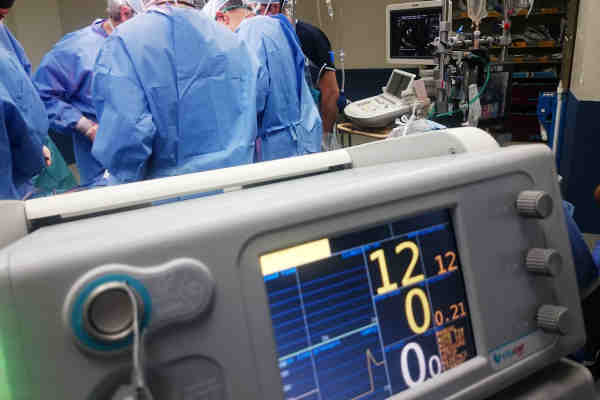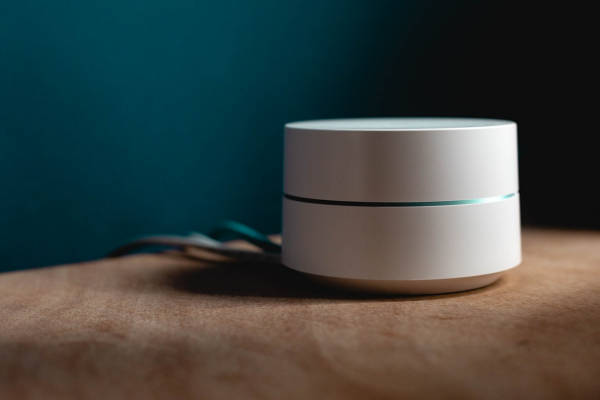What are the CE RED Testing Requirements?
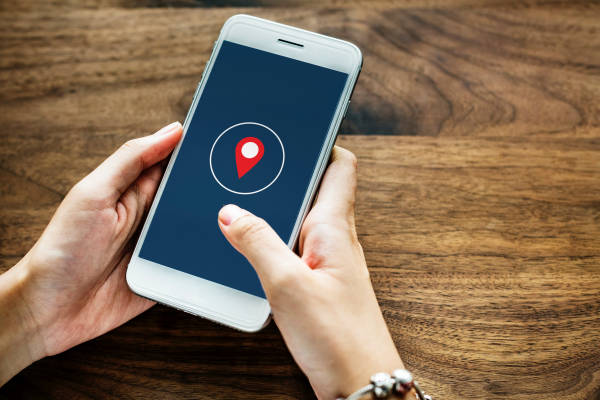
What is CE RED Testing and how do I certify my wireless product to sell in the EU?
While we work on a testing wireless devices across a wide range of global regulations, without question our largest market for non-USA based wireless certification is CE RED testing.
If you are in the market for bang-for-your-buck-wireless-testing, there is no doubt that CE testing your wireless device is a great business decision.
So why would you want to test for CE RED – primarily because testing for CE RED and running through the required radio, emc, and safety testing will allow you to sell your wireless product to all twenty eight members states of the EU. That’s right, with just one set of testing you get immediate regulatory access to 28 member countries in the EU.
Not only that, but you may not realize that many other countries will accept CE testing for your products. For example, Australia will commonly accept any requisite CE testing as equivalent to their own national standards.
Similarly many Middle East and African countries will also accept CE testing (in some cases they may require some small additional testing to meet any national deviations of interest for the). If there was one type of testing that is most commonly accepted throughout the world it would be CE testing.
So it is no surprise that a large portion of our testing business revolves around CE testing products
A Short History of Wireless Radio Certifications Under CE
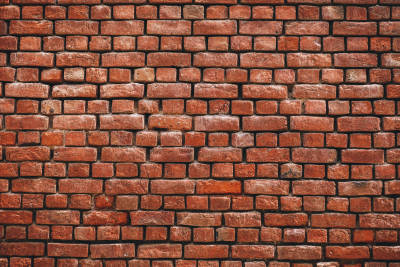
When thinking about the history of CE testing the goal has always been clear: to break down the barriers to economic trade across the European Union.
As we discussed in our earlier article on the CE Certification costs & historical background on CE testing, CE testing has been around for nearly 35 years.
Back in 1985, the current members of the European Union decided that they needed to create a unified set of regulations that would codify and create a set of shared regulations that dictated what type of required EMC compliance testing products would be required to test under.
The overall goal of CE testing was to eliminate customs & regulatory barriers between member countries such that a hypothetical German manufacturer could have their product tested for EMC under the European CE standards and then be able to ship it anywhere across the EU.
We weren’t in business back in 1985 but consider this: since 1958, no other regional group of countries have been able to standardize EMC testing and create a program of testing that is anywhere near the level of shared testing as CE has been created to provide.
In fact, the rest of the world usually takes the CE testing requirements, adds a few tweaks to them (in the business we call these “national deviations”), and then codifies the former CE standards as their new national standards.
It’s truly incredible what that the idea idea of sharing standards has become such a large program over time.
So What Proceeded CE RED Testing?
While there have been various CE wireless testing standards since 1985, for most projects in the last two decades have really been tested to two major directives: Directive 1999/5/EC (R&TTE Directive), known as the Radio and Telecommunications Equipment Directive (or R&TTE) and then the follow-up to R&TTE, Directive 2014/53/EU (RED, Radio Equipment Directive)
Technically prior to the release of R&TTE there was the TTE (Telecommunciations Terminal Equipment) and SESE (Satellite Earth Station Equipment) which were early attempts at creating a unified wireless testing system for the EU. The TTE was primarily concerned with networked telecommunications equipment that would be used across member states, and on a similar basis SESE was used to standard satellite equipment testing for the usage of satellite communications. We hate to say, but that’s about all know about the prior standards to R&TTE! The primary reason these directives were eventually scrapped is because of the proliferation of non-licensed wireless devices. Prior to to introduction of R&TTE, non-licensed transmitters such as Wi-Fi, ISM band radios, and other short-range transmitters would still be required to be tested to individual National EU requirements on a country basis)
Release in 1999, the R&TTE was used up till 2014 when the EU released the new testing standards called RED (We usually call it CE RED, for CE Radio Equipment Directive).
In many ways, R&TTE defined the the core system that we currently against for CE RED.
R&TTE Introduced the Following Concepts still used in CE RED:
- Introduced a unified set of harmonized testing standards that could be used to demonstrate conformity (ie. no more National standards testing was required, if you could meet the radio testing requirements under R&TTE your device would be able to be used across the EU)
- De-seperated the line between networked radio devices and non-networked radio devices; such that any non-licensed transmitter would now be required to be tested under the same Directive
- Most important: R&TTE introduced the conceptual requirement, (which is still not even applied for FCC radio certifications), that wireless devices would require an integrated testing approach which not only focused on EMC testing, but that a wireless device should be tested holistically and include EMC testing, safety testing, and radio specific testing. At the time this was a huge change in the testing requirements and approach for radio testing.
Common Devices that Were Pulled Under the Scope of R&TTE include:
- Aeronautical Communication equipment
- Base Stations for Mobile Network
- Broadcast Citizens Band Transmitters
- Cordless Telephone Distress/Position Indicating Beacon
- Fixed Link Fixed Wireless Access Equipment
- Industrial, Scientific, and Medical (ISM) Transmitters
- Maritime Communication Systems
- Mobile (Cellular) Telephones
- Paging Systems (Radio Messaging) - (HA, yes we know – we haven’t ever tested a pager system sorry to say!)
- Private and Professional Professional Mobile Radio Radar Systems
- Radio Frequency Identification (RFID) Radio Local Area Network
- Satellite Earth Stations (Fixed / Mobile)
- Miscellaneous Short Range Devices (SRD)
- Telemetry / Telecommand TTE for fixed (wired) network
- Ultra Wideband Radios
- Wireless Microphone Systems
So What is CE RED?
On June 13th 2016, the European Union introduced Radio Equipment Directive 2014/53/EU (RED) which subsequently replaced the R&TTE directive.
According to the Radio Equipment Directive the stated goal of the directive is to “[establish] a regulatory framework for placing radio equipment on the market. It ensures a single market for radio equipment by setting essential requirements for safety and health, electromagnetic compatibility, and the efficient use of the radio spectrum. It also provides the basis for further regulation governing some additional aspects. These include technical features for the protection of privacy, personal data and against fraud. Furthermore, additional aspects cover interoperability, access to emergency services, and compliance regarding the combination of radio equipment and software.”
As a major change to R&TTE, RED has clearer requirements that radio equipment shall be constructed to both effectively use and support efficient usage of radio spectrum. In many ways, R&TTE did not set forth quite as much shared spectrum usage requirements and often left that up to member states to conform.
Additionally, one of the major changes in RED was that the updated regulations calls for improved market surveillance and increasing the amount of wireless product that require wireless testing. In previous version fo the R&TTE, the scope of radios products were a bit more limited and sufficient grey zones developed in which it could be a little unclear.
Major Changes from R&TTE to CE RED Testing:
- Eliminated the lower frequency range exclusions for radio usage spectrum; earlier radio products under RTT&E were tested from 9kHz to 3000GHz
- Under CE RED, all radio transmitter products that fall under the directive require CE LVD testing – regardless of stated voltage levels. This is a big change, and one that many customers are not aware of until they request a quote for CE testing from us.
- Alert sign labels (for class 2 devices), were eliminated under CE RED
- Telecom Terminal Equipment (TTE) was removed from radio testing and is now tested under EMC and/or the Low Voltage Directives as applicable.
CE RED Testing Is Excluded in Certain Cases for Radio Equipment:
- Amateur radio kits
- Marine equipment, which is usually tested under EN 60945 Maritime navigation and radiocommunication equipment and systems - General requirements.
- Airborne equipment and associated gear (which would fall more commonly under EC216/2008)
- Radio equipment which is destined for usage for the military, state-security, or police
From a practical standpoint, the transition from R&TTE to CE RED had minimal impact on the required testing for product designs. Most products that fell under R&TTE still require testing under CE RED.
What are some common CE RED Test Standards For Common Wireless Products
Going through the Harmonized Test Standards for CE RED can be quite a daunting task on the first time around. Fortunately, for most wireless & IoT products we test most of the required CE RED testing comes back to four common CE RED standards.
Wi-Fi / Bluetooth / BLE / 2.4GHz Devices - EN 300 328 Testing
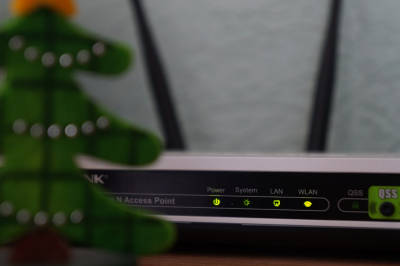
With the proliferation of wideband devices operating in 2.4GHz, EN 300 328 is a very common radio testing standard.
Devices that require CE RED testing under EN 300 328 include:
- Wi-Fi based devices (note: 5GHz Wi-Fi devices have additional testing that is required under EN 301 908, which is similar to testing as under EN 300 328 but addresses some other areas of functionality)
- Bluetooth Classic / Audio applications
- Bluetooth Low Energy (BLE)
- Bluetooth Mesh Network
- Zigbee
- Z-Wave
[Note: if you are looking for some assistance with FCC certifications for your BLE design, check out our earlier blog post on FCC BLE Certification Testing]
One the largest challenges for EN 300 328 designs is the Receiver Blocking requirements. Texas Instruments has a great write-up on the Receiver Blocking requirements for EN 300 328. From a technical perspective, we have the associated testing gear in order to perform the Receiver Blocking testing, but the challenge is that many products do not have good native firmware support in their testing firmware suite to effectively conduct the Receiver Blocking testing.
Short Range Devices | 25MHz to 1,000 MHz | 300MHz / 433MHz (ISM), 866MHz - EN 300 220 Testing
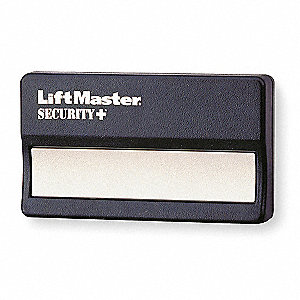
As the second most common type of wireless transmitters that we test fall under EN 300 220.
Conceptually, under EN 300 328 what you’ll find is “wideband” devices which typically had modulation bandwidths of several hundred kHz and the operation frequencies are greater then 1 GHz; however, for EN 300 220 there are devices which are operating from 25MHz to 1000MHz and tend to have narrower modulations.
Devices that require CE RED testing under EN 300 328 include:
- Industrial / Medical / Scientific (ISM) / Short Range Radios - devices such as transmitters at from 300MHz to 400MHz. (As identified in our above picture, your garage door opener is the stereotypical ISM band device)
- 900MHz / 866MHz (LoRa, SigFox, and other 900MHz IoT Bands) - the current most popular devices we are testing under EN 300 328 are long range radios using the 866MHz frequency space in the EU. These types of devices seem to be mostly LoRa based designs from Semtech and the TI / Chipcon SimpleLink CC based 900MHz / 868MHz devices. Because of the ease of implementation, sophistication of the mesh stacks, and long potential ranges we expect to see continued high levels of testing for these types of devies under EN 300 328
- Zigbee devices which are running at 900MHz / 866MHz
- Z-Wave devices which are running at 900MHz / 866MHz
- RC Toys which runs at either 27MHz or 49MHz
Cellular & Mobile Devices | LTE, 4G, 3G, 2G / GSM - EN 301 908 & EN 301 511
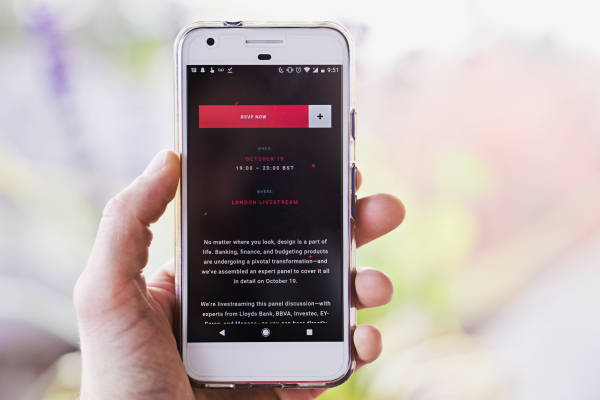
With the growth of the IoT & Cellular devices, CE RED testing for EN 301 908 & EN 301 511 is a huge area for wireless products. If you look further into the harmonized standards, you’ll find that there are dozens of related sub-standards under both of these areas.
CE RED Testing for complex Cellular & Mobile Devices is one of our core specialties. We have worked on dozens of LTE, 4G, 3G, 2G / GSM based devices, and now NB-IoT devices which are tested under the same standards.
Preparing the firmware and system requirements for these types of cellular devices requires an experienced test lab. These types of projects are not for the faint of heart! If you need assistance with testing your next cellular device contact us today for a free systems analysis.
Devices that require CE RED testing under EN 301 908 & EN 301 511:
- Cellular phones that operate under in NB-IoT LTE, 4G, 3G, 2G / GSM bands
- IoT Devices that implement cellular modules in NB-IoT LTE, 4G, 3G, 2G / GSM bands
- Cellular Basestation & Routers in NB-IoT LTE, 4G, 3G, 2G / GSM bands
Short Range Devices (9kHz to 25 MHz | Near-Field-Communications (NFC), Radio-frequency identification (RFID), QI / Wireless Chargers - EN 300 330 Testing
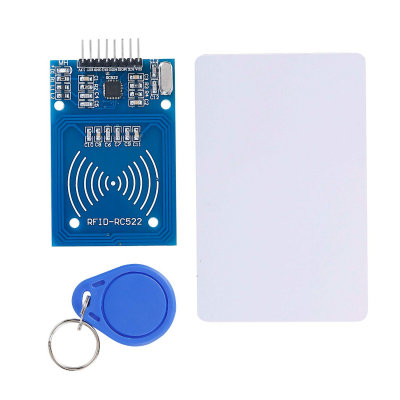
You may take it for granted, but you probably use radio transmitters in the 9kHz and 25MHz frequency space more then you think! If you have a cellphone with NFC for remote payment, use an RFID card to enter your workplace, or have a wireless charger for an electronic device then you are using wireless products that would require CE RED testing under EN 300 330.
We’ve also worked on a number of low frequency proprietary wireless medical devices which were destined to be implanted in end patients. If you are building an implantable radio system, we have experience in the field and the regulatory nuances of these system, so feel free to reach out for a project proposal.
Devices that require CE RED testing under EN 300 328 include:
- Wireless chargers that operate under 25MHz; these can include QI based wireless charger (but there are countless vendor specific wireless charging standards that would fall under EN 300 328)
- Near-Field-Communications (NFC), NFC is typically run at 13.56MHz and is contactless form of communication that has been widely adopted with smartphones to enable transactions such as payments, ticketing, or reading information from tags
- Radio-frequency identification (RFID) is a system of a active low frequency transmitter which is used to power up a passive tag which collects the nearby RF energy to power up and identify itself; these systems uniformly are tested under EN 300 330
Other Types of CE RED Testing
Unlike FCC certification testing, the CE RED Harmonized standards are constantly being updated as new technologies emerge and other uses of the frequency space are developed. This article could contain over 50+ standards if you worked through all that are available for CE RED testing.
We have worked on the below testing for CE RED but it’s not quite as common:
- ETSI EN 300 440
- ETSI EN 302 291
- ETSI EN 301 893
- ETSI EN 302 502
- ETSI EN 302 208
- ETSI EN 301 406
- ETSI EN 301 681
If you need assistance with one of the above standards, we can certainly help on your next project.
How can Sunfire Testing assist with our CE RED testing?
With our background as wireless designers, we understand at a design level what you need in order to meet CE RED. We’ve worked on the same components you have, and understand the complexities of the firmware and the challenges of getting your product ready for CE testing.
- We have worked on hundreds of CE wireless projects and have experience with all major wireless semiconductor chips and modules. Our project management philosophy, isn’t just to hand you a list of CE standards and wait for you to have your product ready. We are here to provide our background knowledge and analyze what testing your product needs and how to use the provided tools from your product in order to accomplish the testing
- CE RED testing is complex; there’s no way around it. Since the R&TTE, the EU has expected designs to not only be EMC compliant but meet radio testing requirements and product safety. As a USA company, many of our USA clients are looking to test to CE for the first time. CE RED testing is not like FCC testing, and there is more to consider in your design then simply just meeting Part 15B EMC limits. There are dozens of standards to consider. You can rely on our expertise to quickly and efficiently guide you to the correct required testing at a great price.
- Getting the formal EMC test reports for your product’s CE compliance is just one side of your project. When you engage us for a CE RED testing project, in addition to the formal product testing we also will work with your team and provide all the required manual language, product labelling, Declarations of Conformity, and assist with your packaging design in order to meet the European Union’s requirements in order to apply the CE Mark.
If you are building a wireless device and are considering what will be involved in testing the device to CE RED and selling your product in Europe, request a quote from us and we’ll be right back in touch to you discuss what your options are and provide quick and efficient pricing.
We make compliance testing easy.
Submit your project details today for a no-cost quote
Request Quote